
Infographic: How Horse Wounds Heal
Learn about the 4 stages of wound repair and the steps you can take to help your horse’s wounds heal.

Learn about the 4 stages of wound repair and the steps you can take to help your horse’s wounds heal.

Tendon and ligament injuries are leading causes of poor performance in horses. Learn about different conventional and therapeutic treatment modalities in this visual guide.

A ration balancer is designed to provide your horse with the essential nutrients forage-based diets most likely lack.
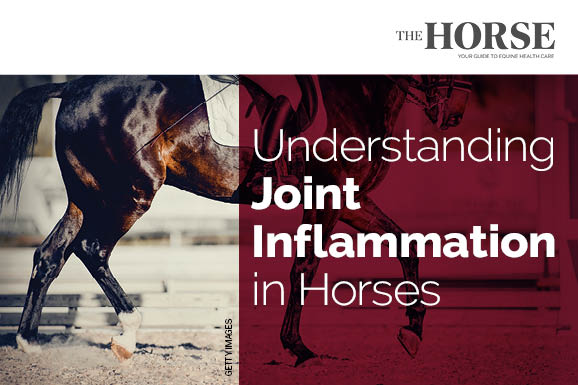
Use this visual guide to understand how equine arthritis develops and how horses’ joints can degrade over time.
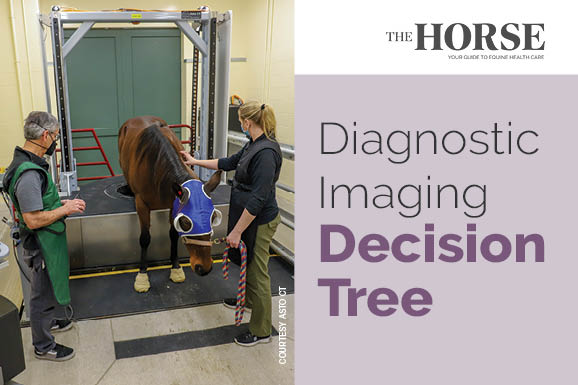
Diagnosing lameness in horses can be challenging, but veterinarians have an arsenal of imaging modalities available to help them make an accurate diagnosis.

Scratches, also known as pastern dermatitis, is a multifactorial infection commonly seen on a horse’s lower legs. Get tips for recognizing and managing this condition in our visual guide.

Follow these 10 steps to maximize bathtime for your horse.

The key to keeping your allergy-prone horse comfortable is figuring out the causes of his reactions and avoiding them. Learn more about allergic reactions in horses with this step-by-step visual guide.

Here are 6 tips to stretch your dollar without compromising your horse’s diet.

Horses can go lame for a variety of reasons. Here are 4 common causes of lameness and their treatment options.
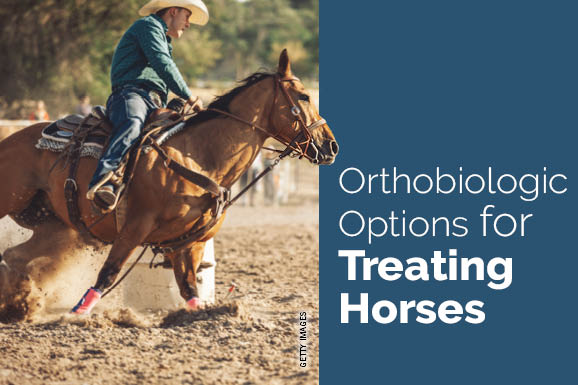
Orthobiologics are emerging tools in veterinary medicine that use the body’s natural defense mechanisms to treat a variety of musculoskeletal problems.

Use this visual guide to learn about lower respiratory problems that can affect your horse.

Follow these steps to prevent disease spread on your farm.
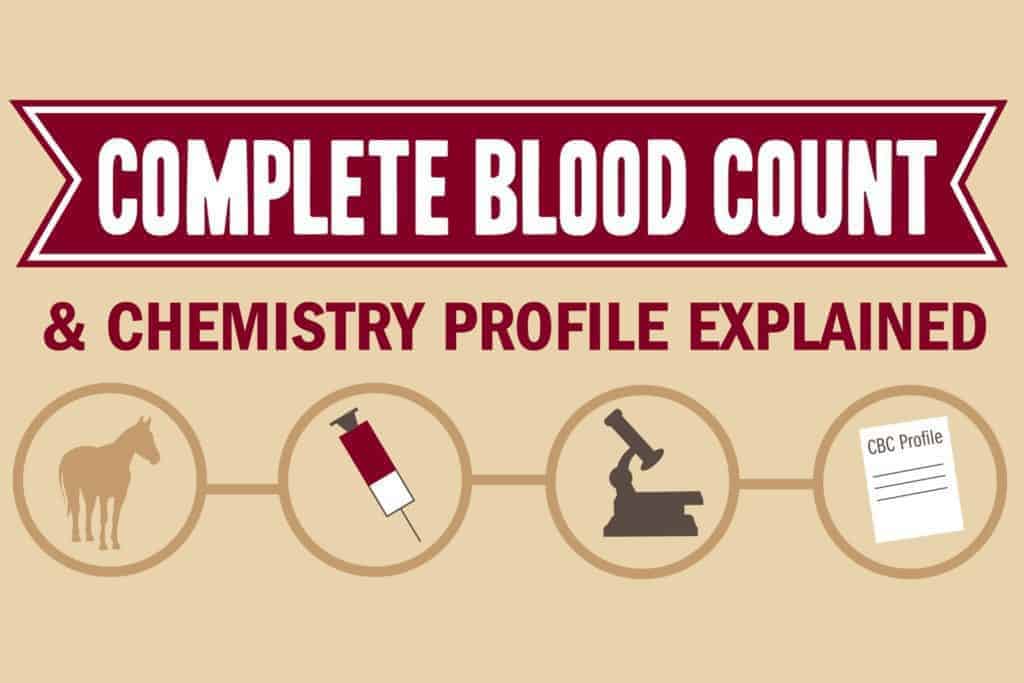
This step-by-step graphic will guide you through your horse’s blood test results.
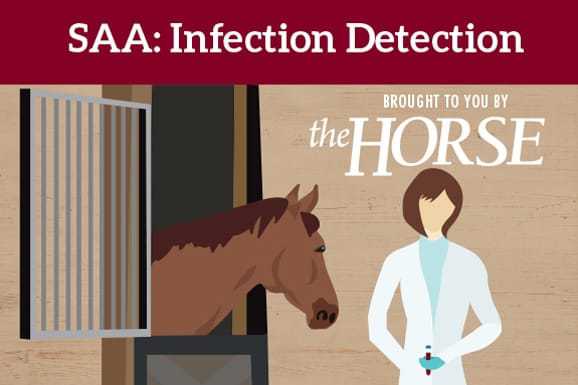
Learn about serum amyloid A and how veterinarians can use it for early identification of inflammation in horses.

Follow the steps in this visual guide to help your horse breathe easier.
Stay on top of the most recent Horse Health news with
"*" indicates required fields